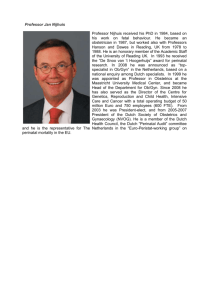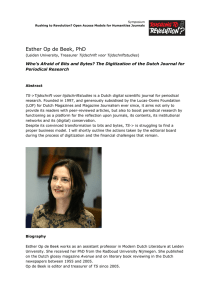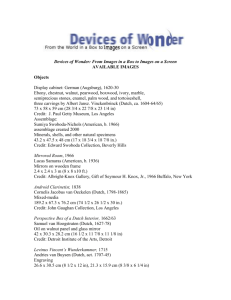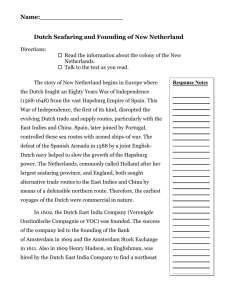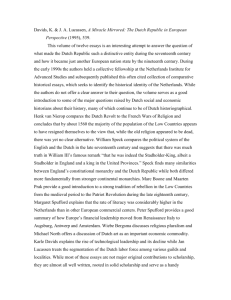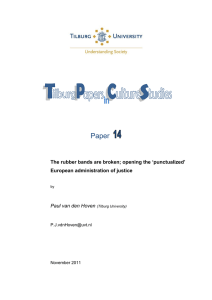Translations of EEN KORAAL by Rutger Kopland
advertisement
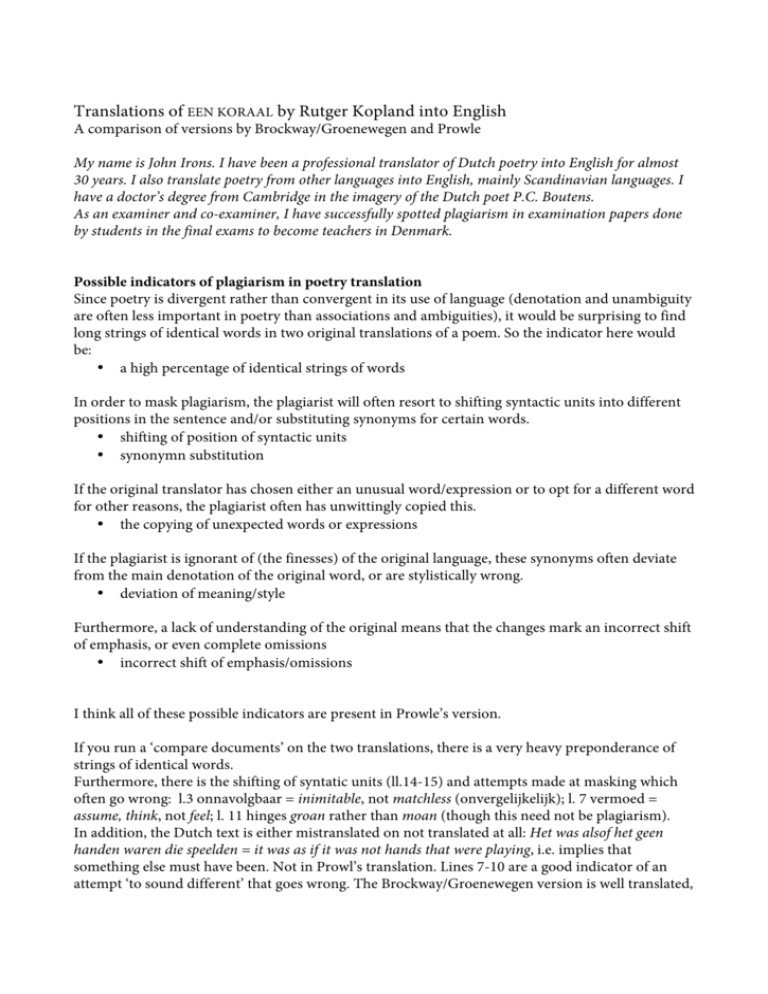
Translations of EEN KORAAL by Rutger Kopland into English A comparison of versions by Brockway/Groenewegen and Prowle My name is John Irons. I have been a professional translator of Dutch poetry into English for almost 30 years. I also translate poetry from other languages into English, mainly Scandinavian languages. I have a doctor’s degree from Cambridge in the imagery of the Dutch poet P.C. Boutens. As an examiner and co-examiner, I have successfully spotted plagiarism in examination papers done by students in the final exams to become teachers in Denmark. Possible indicators of plagiarism in poetry translation Since poetry is divergent rather than convergent in its use of language (denotation and unambiguity are often less important in poetry than associations and ambiguities), it would be surprising to find long strings of identical words in two original translations of a poem. So the indicator here would be: • a high percentage of identical strings of words In order to mask plagiarism, the plagiarist will often resort to shifting syntactic units into different positions in the sentence and/or substituting synonyms for certain words. • shifting of position of syntactic units • synonymn substitution If the original translator has chosen either an unusual word/expression or to opt for a different word for other reasons, the plagiarist often has unwittingly copied this. • the copying of unexpected words or expressions If the plagiarist is ignorant of (the finesses) of the original language, these synonyms often deviate from the main denotation of the original word, or are stylistically wrong. • deviation of meaning/style Furthermore, a lack of understanding of the original means that the changes mark an incorrect shift of emphasis, or even complete omissions • incorrect shift of emphasis/omissions I think all of these possible indicators are present in Prowle’s version. If you run a ‘compare documents’ on the two translations, there is a very heavy preponderance of strings of identical words. Furthermore, there is the shifting of syntatic units (ll.14-15) and attempts made at masking which often go wrong: l.3 onnavolgbaar = inimitable, not matchless (onvergelijkelijk); l. 7 vermoed = assume, think, not feel; l. 11 hinges groan rather than moan (though this need not be plagiarism). In addition, the Dutch text is either mistranslated on not translated at all: Het was alsof het geen handen waren die speelden = it was as if it was not hands that were playing, i.e. implies that something else must have been. Not in Prowl’s translation. Lines 7-10 are a good indicator of an attempt ‘to sound different’ that goes wrong. The Brockway/Groenewegen version is well translated, and happens to include the substitution of ‘his’ for ‘that’, which is what the ‘die’ in the Dutch text means. Prowle has done likewise, but has ignored the hoe hij het zelf is (it’s the man himself is an excellent translation) and not understood the way Dutch uses ‘zit’ in the last part of the stanza die......musik zit te maken. An organist not sitting while playing would be an interesting gymnastic feat – the ‘zit te maken’ stresses that something is in progress, accurately translated by B/G by omitting the ‘zit’. The Dutch does not say ‘die daar boven zit’. My conclusion is that Prowle is not particularly familiar with Dutch and has used the B/G as a template. This he has attempted to alter, but has no right to call the result his translation of the Dutch poem. If he does so, it is plagiarism. I would recommend looking at the following website: http://subtexttranslations.com/drptp/drptp.html and comparing different English translations of the same Dutch poem. The differences are striking in all 10 poems on offer.


